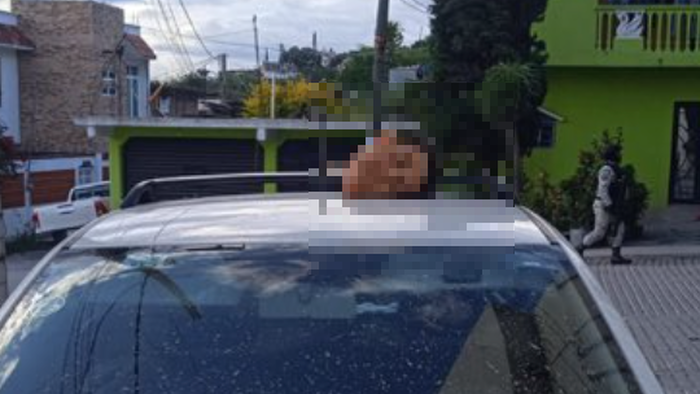The recent assassination of Alejandro Arcos, a newly elected mayor in Chilpancingo, Guerrero, underscores the pervasive violence and lawlessness in Mexico, particularly at the hands of powerful drug cartels. Arcos, who was sworn in on September 30, quickly fell victim to the brutal realities of politics in a region where organized crime has a firm grip on power. Just six days into his tenure, his severed head was discovered on the roof of his vehicle, serving as a macabre warning to other local officials about the consequences of crossing the cartels. This incident was widely shared on social media, highlighting the treacherous landscape that elected officials must navigate in much of Mexico.
Arcos represented an opposition coalition that included the Institutional Revolutionary Party (PRI), which publicly condemned the assassination as a “cowardly crime.” The party has called for justice and emphasized that residents of Guerrero deserve to live free from the daily threat of violence and intimidation. PRI president Alejandro Moreno took to social media to lament the loss of Arcos and another city official, Francisco Tapia, who was killed just days prior. He characterized both men as committed public servants striving for communal progress, brutally silenced by the violent reality imposed by the cartels.
The state of Guerrero is often described as a “cartel hellhole,” notorious for being one of the most dangerous regions in Mexico for public officials and journalists alike. The fierce competition among various cartels for control over drug trafficking routes and human trafficking operations has resulted in a chilling atmosphere of death and fear. The alarming rate of violence against elected officials reflects the broader struggles within Mexican society, where organized crime not only undermines governance but also poses a significant threat to democracy and civic trust.
These incidents also resonate beyond Mexico’s borders, touching on the implications of U.S. policies, particularly those related to border management. Critics argue that the open southern borders under the Biden-Harris administration have inadvertently empowered cartels, allowing them to consolidate control over extensive human trafficking networks and contribute to the larger border crisis. As cartel violence spills over into various aspects of society, including local governance, the consequences of political decisions in the United States become intertwined with the realities faced by residents and officials in cartels’ strongholds.
The tragic fate of Alejandro Arcos is not an isolated incident; rather, it exemplifies a deeply entrenched cycle of violence that terrifies public servants throughout Mexico. The histories of other assassinated officials reveal a pattern of intimidation, coercion, and silencing. As elected officials attempt to push back against cartel influence, many find themselves on precarious ground, vulnerable to threats and violent retribution. With the loss of leadership comes an erosion of trust in democratic institutions, leaving communities without protection or representation.
In summary, the assassinations of Arcos and Tapia highlight the grim reality of life in regions dominated by organized crime, where the state struggles to assert its authority. These events prompt urgent calls for change and justice, yet they also reflect a larger conversation about governance, law enforcement, and the fragility of democracy in the face of such pervasive violence. The situation in Guerrero serves as a stark reminder of the challenges faced in the fight against cartels, raising critical questions about both domestic policy in Mexico and international implications for the United States.

